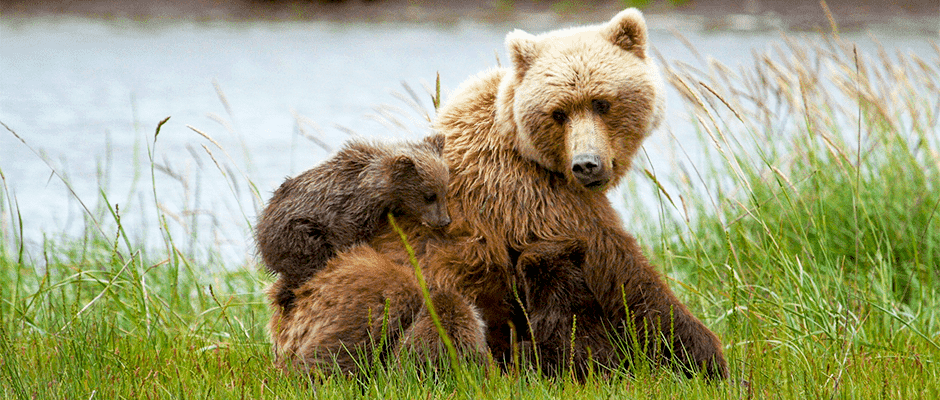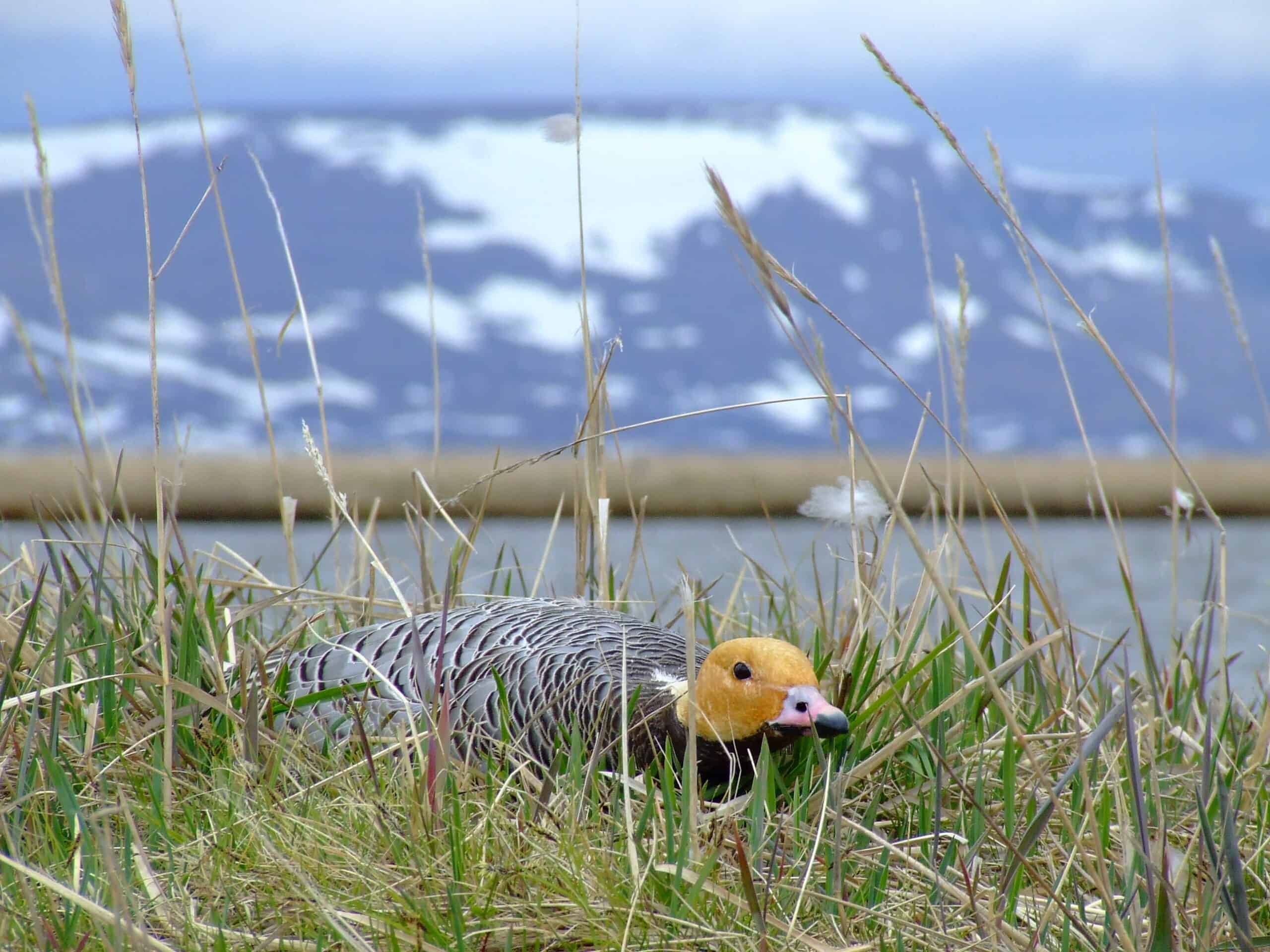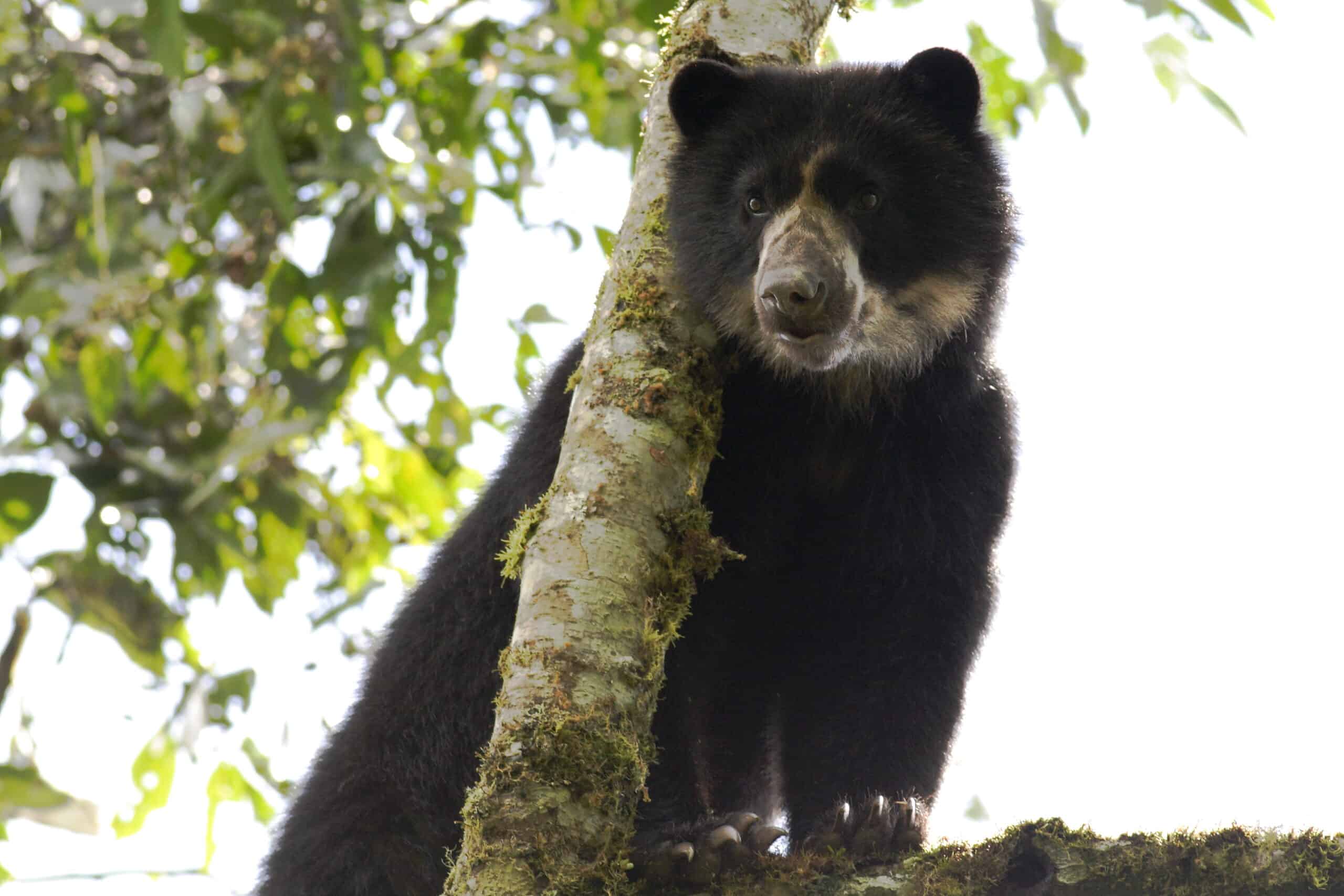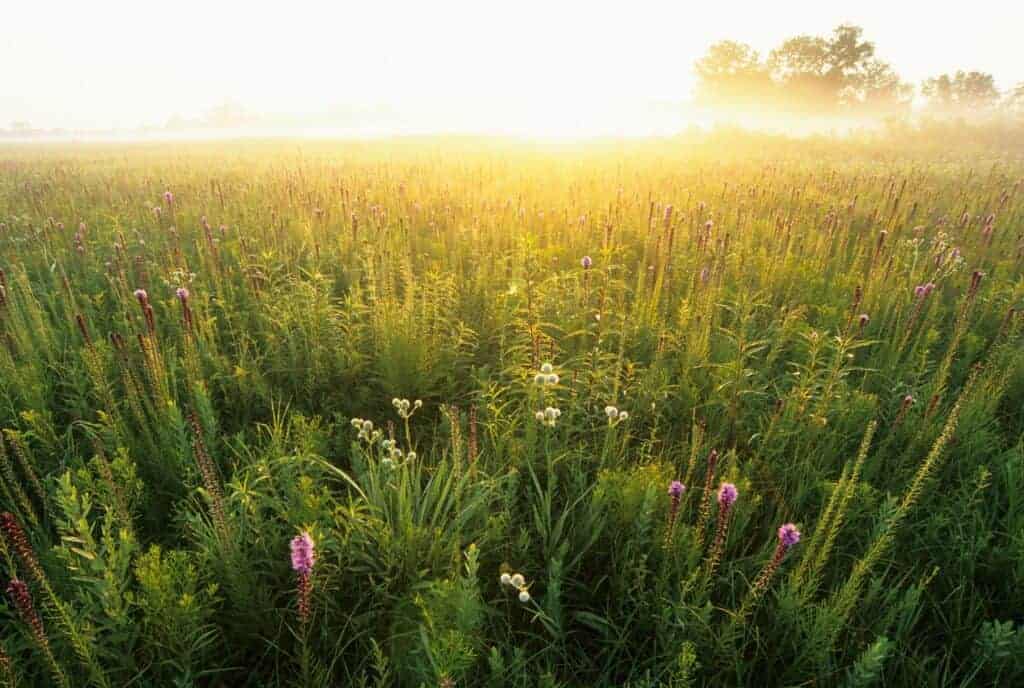Share this article
Recreational activities may displace brown bears
Armed with cans of bear spray they hope to never use, recreationists in the Alaskan wilderness dread crossing paths with brown bears (Ursus arctos). But these large carnivores seem wary of running into people, too, and a recent study suggests that recreation in bear habitat could be harming the bears’ health.
Scientists found that recreation in wildlife habitat may displace brown bears, including grizzlies, as they’re known in North America, causing the animals to burn more energy and eat less. The research says that restricting recreation to certain times and areas, away from abundant food, could reduce harm to the bears’ nutrition, reproduction and survival.
The researchers created a model for wildlife managers to see how “more controlled recreational activities can greatly mitigate some of those potential impacts,” said TWS member Jennifer Fortin-Noreus, postdoctoral researcher for the University of Montana’s Grizzly Bear Recovery Program and lead author of the study published in PLOS ONE.
As the report puts it, past studies had mainly examined local bear populations’ behavioral responses to specific recreational pursuits, such as bear-viewing and angling. Fortin-Noreus and her colleagues aimed for a broader picture. How do all recreation activities impact all brown bears in an area, they wondered?
It’s an important question, states the paper, because more people are visiting natural places to view brown bears in the wild.
The National Park Service in Alaska launched the study in March 2013 with the U.S. Geological Survey due to concerns about how recreational activities were affecting the state’s grizzly population. Biologists reviewed findings from empirical studies and surveyed brown bear specialists in North America and Europe to determine the kinds, frequencies and possible impacts of recreation — everything from snowmobiling and mountain biking to climbing and hiking — in bear habitats. With input from experts across state and federal agencies, the team created a model to predict the potential outcomes of recreational management decisions in Alaskan grizzly habitats.
Based on this model, the researchers hypothesized that recreation can drive bears preparing for hibernation away from their food sources. This would make them consume less, expend more energy and negatively affect their survival and reproduction.
Fortin-Noreus hopes her team’s model can aid wildlife managers elsewhere to balance recreational pursuits with stable bear populations.
“It’s hopefully a tool for managers to start controlling or at least being aware of the potentials of uncontrolled recreations until there is a chance to conduct the research,” she said.
Header Image: Brown Bears in Lake Clark National Park, Alaska. ©Good Free Photos








